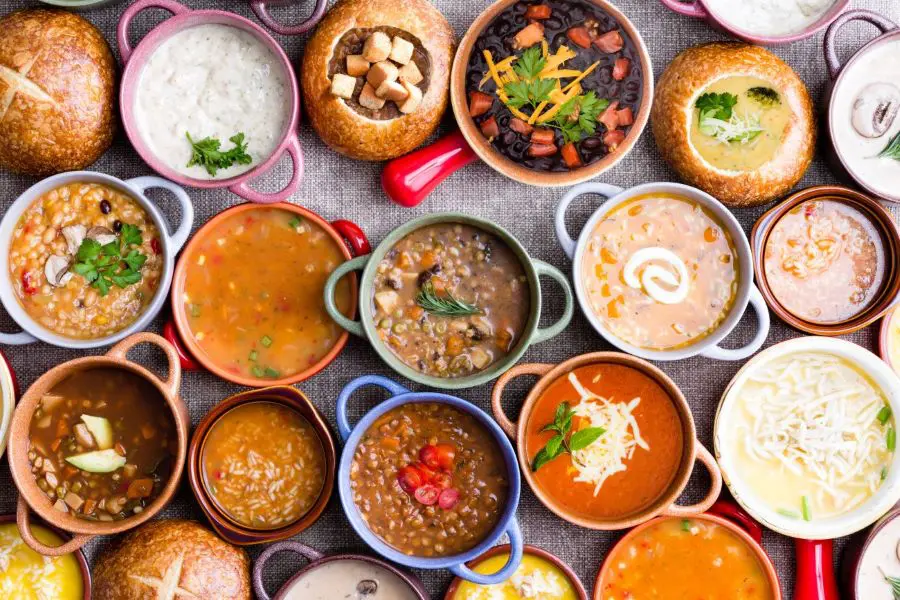As temperatures drop, many people notice their appetites and cravings change along with the seasons. Salads and light summer fare no longer satisfy. Instead, carbohydrate and fat-laden comfort foods become far more appealing when it's cold outside. Soups, stews, casseroles, baked goods and other indulgent dishes beckon. But what drives this common phenomenon of winter comfort food cravings?
Experts say several factors play into these urges, from psychological to physiological. Understanding the science behind seasonal eating patterns can help people enjoy winter comforts in moderation.
Neuroscientist Rachel Herz explains that carbohydrate-rich and fatty foods prompt the brain to release dopamine, endorphins and serotonin. These chemicals induce pleasurable sensations and boost mood. Herz notes that lower daylight hours and lack of outdoor activities in winter can mildly depress some individuals' spirits. Comfort foods provide a quick pick-me-up.
Nostalgia also factors in, reminds registered dietitian Olivia Wagner. Dishes like macaroni and cheese or chicken pot pie may conjure fond childhood memories and give a soothing sense of connection. However, Wagner advises mindfulness while indulging and tasting flavors thoroughly to prevent overeating.
Scrolling social media and perusing restaurant menus in the colder months reveals abundant images of hearty comfort foods. Herz says visual cues strongly influence cravings until people become overloaded. Initially, desirable photos of sweets or pizza intensify urges to indulge. But constant overexposure eventually causes the brain to habituate, eliminating excitement and diminishing cravings.
Similarly, aromas like baked goods wafting through the air prove tempting at first, yet cease triggering cravings after prolonged everyday exposure. The novelty wears off.
Seasonal messaging also bolsters the mentality that indulgent foods are only permissible during designated times annually. Wagner suggests avoiding deprivation and feelings of urgency, instead promoting genuine enjoyment of moderately portioned favorites.
Interestingly, Wagner points out that winter comfort food urges arise even as many people are less active in colder months. One might expect appetites to wane along with diminished calorie expenditure. However, the powerful psychological associations of cozy, nostalgic foods override homeostasis.
Herz reiterates that while comfort food cravings in winter seem beneficial emotionally but not physically, resisting them can backfire. Moderation and mindfulness, along with readily available healthier options, help ensure overall balance.
Understanding the science behind shifts in eating patterns across seasons empowers people to indulge judiciously. Prioritizing mood and memories can bring comfort during the winter months without derailing healthy routines.

 Trump has begun another trade war. Here's a timeline of how we got here
Trump has begun another trade war. Here's a timeline of how we got here
 Canada's leader laments lost friendship with US in town that sheltered stranded Americans after 9/11
Canada's leader laments lost friendship with US in town that sheltered stranded Americans after 9/11
 Chinese EV giant BYD's fourth-quarter profit leaps 73%
Chinese EV giant BYD's fourth-quarter profit leaps 73%
 You're an American in another land? Prepare to talk about the why and how of Trump 2.0
You're an American in another land? Prepare to talk about the why and how of Trump 2.0
 Chalk talk: Star power, top teams and No. 5 seeds headline the women's March Madness Sweet 16
Chalk talk: Star power, top teams and No. 5 seeds headline the women's March Madness Sweet 16
 Purdue returns to Sweet 16 with 76-62 win over McNeese in March Madness
Purdue returns to Sweet 16 with 76-62 win over McNeese in March Madness








